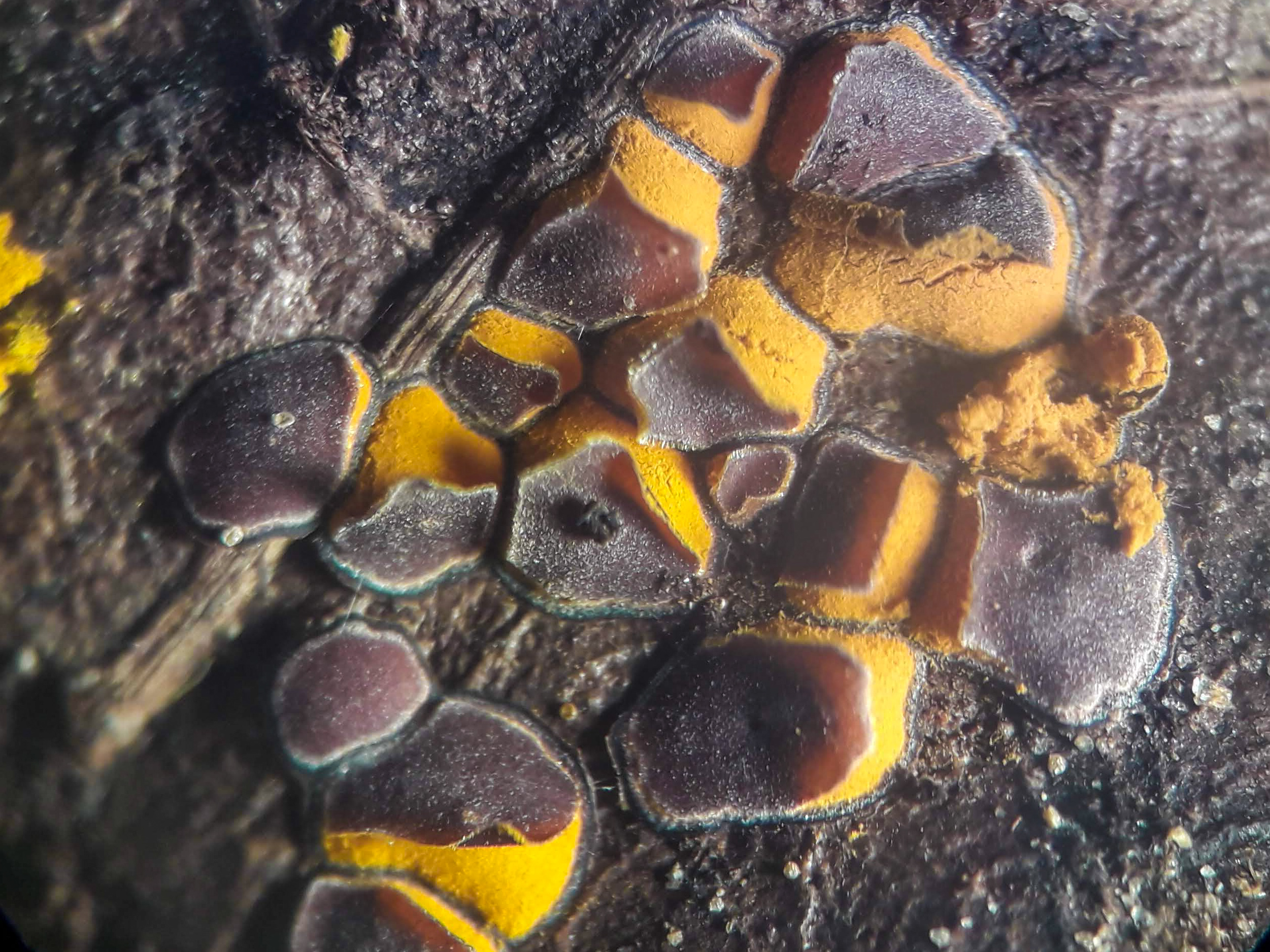- Proposed
- 2Under Assessment
- 3Preliminary Assessed
- 4Assessed
- 5Published
Perichaena depressa Lib.
- Scientific name
- Perichaena depressa
- Author
- Lib.
- Common names
- IUCN Specialist Group
 Chytrid, Zygomycete, Downy Mildew and Slime Mould
Chytrid, Zygomycete, Downy Mildew and Slime Mould- Kingdom
- Protozoa
- Phylum
- Amoebozoa
- Class
- Myxogastrea
- Order
- Trichiida
- Family
- Trichiaceae
- Assessment status
- Proposed
- Proposed by
- Jaíne Parentes
- Comments etc.
- Jaíne Parentes
Assessment Notes
Taxonomic notes
Perichaena depressa is easily recognized by its sessile sporocarp strongly flattened with a yellow linear dehiscence.
Why suggested for a Global Red List Assessment?
Although to be a well distributed species, in Brazil this species need attention because many records are from endangered biomes. Thus, I suggest this species to be categorized in Least Concern.
Geographic range
The specie is known in 67 countries, in Brazil it is known in 13 of the 26 states (AL, BA, PB, PE, PI, RN, SE, CE, DF, RJ, SP, RS and SC). There is wide distribution in Brazil’s northeast.
Population and Trends
There are about 3253 records in 67 countries.
Population Trend: Uncertain
Habitat and Ecology
Perichaena depressa is predominantly lignicolous, but it is also found folicolous, floricolous, succulenticulous and fimicolous species. Ocurr in antropic and preserved areas.
Threats
The species is well distributed in Brazil, mostly in northeast region, it is present in Caatinga, Cerrado, Antlantic forest and Pampa domain which have been losing its biological diversity due to deforestation, agricultural activities and urbanization.
Conservation Actions
Many of records in Brazil are in unprotected areas.
Research needed
More researches in Brazil are necessary, mostly in north region which has no record, also field collection and moist chamber techniques using various types of substrate.
Use and Trade
None
Bibliography
Country occurrence
Regional Population and Trends
| Country | Trend | Redlisted |
|---|
